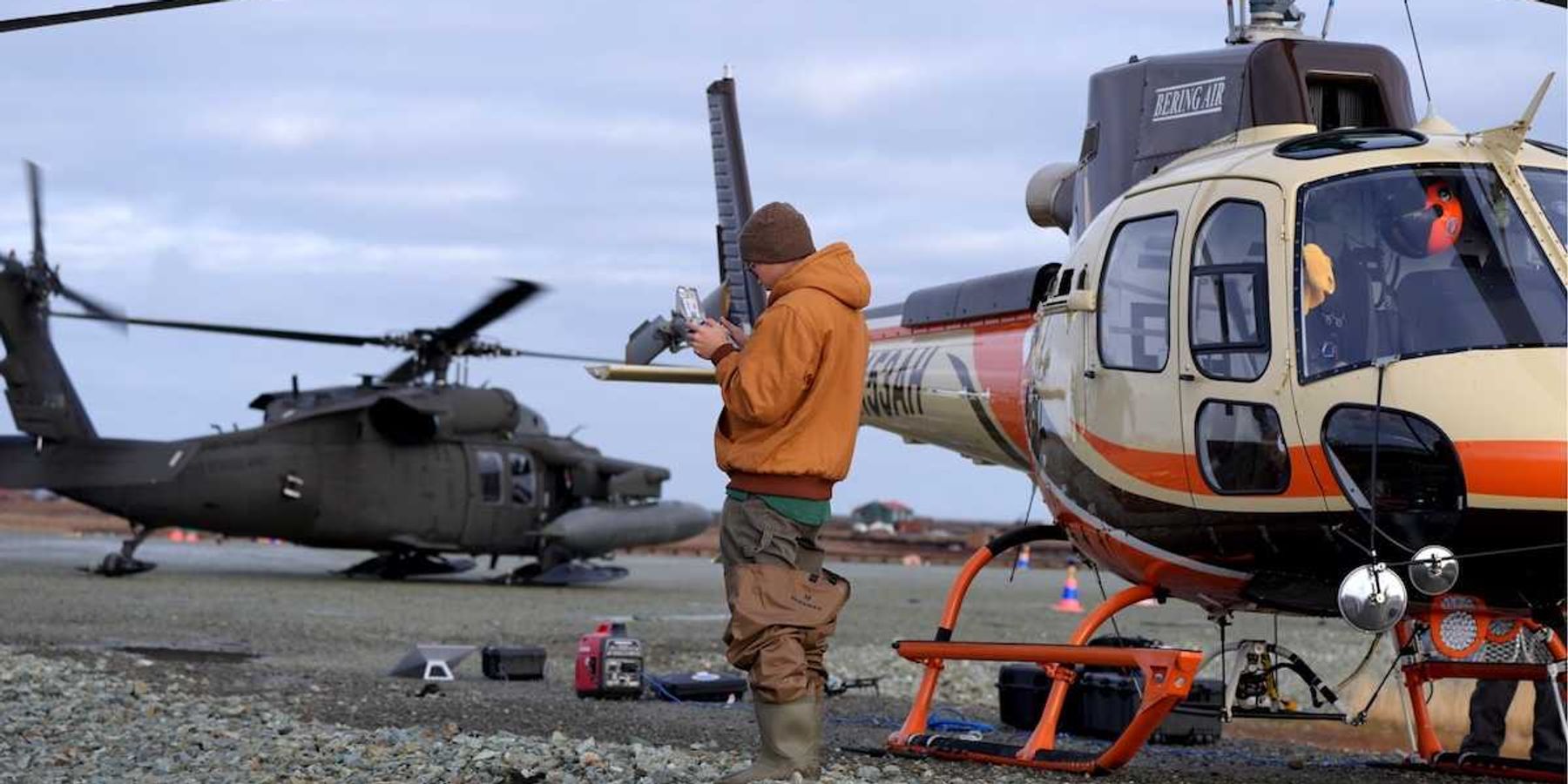Florida farmworkers spearhead nation's most stringent heat safety measures in agriculture
In Florida, farmworkers have pioneered the strongest workplace heat protections in the U.S., setting a new standard for labor safety in agriculture.
Nicolás Rivero and Eva Marie Uzcategui report for The Washington Post.In short:
- Farmworkers in Immokalee, Florida, have created the Fair Food Program, setting the highest standards for heat safety in U.S. workplaces.
- The program, not enforced by government but by workers' coalition, mandates breaks, shade, and water, benefiting thousands of workers.
- Major buyers like Walmart and McDonald's support farms adhering to these standards, showcasing a successful model of worker-led safety initiatives.
Key quote:
"Farm owners have to comply because the risk of losing clients if they don’t treat workers well is so great that it can put them in a very difficult position relative to their competitors in the industry."
— Gerardo Reyes Chávez, Coalition of Immokalee Workers.
Why this matters:
This initiative highlights the power of grassroots organizing in improving workplace conditions, especially in sectors like agriculture where workers are highly vulnerable to climate impacts. It sets a precedent for other industries, demonstrating how ethical practices can be integrated into business models for the benefit of workers and consumers alike.
LISTEN: Nayamin Martinez on organizing for farmworker justice.













